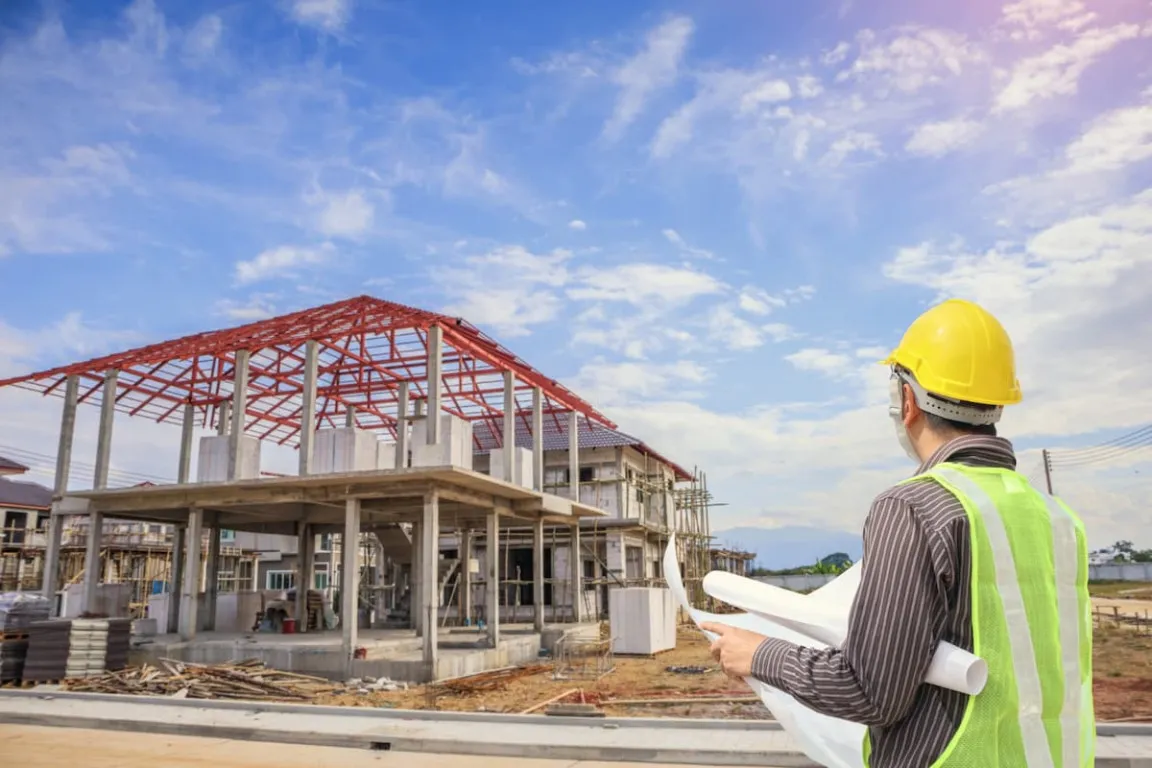In any industry, good management will help achieve the set project goals. In the construction industry, most importantly, ensuring that the phases of construction project management run smoothly can significantly impact the success of various building construction projects.
This is because construction project management is responsible for optimizing the management of available resources and minimizing risks that can hinder the development process. To learn more about the phase, read the following article until the end!
Who Is Responsible for Construction Project Management?
There are many teams involved in construction project management, ranging from financial planning teams, executives, to field crews, constructors, engineers, and many others. However, the most vital role is that of the project manager. Generally, project managers are occupied by constructors, project owners, or specialized construction managers.
The main task of the project manager is to ensure that a series of predetermined construction processes run smoothly. Some of the project manager’s responsibilities include:
- Maintain a tight schedule.
- Ensuring the project stays within the decided budget.
- Allocating resources.
- Avoiding scope creep.
- Ensuring the quality of work.
On the other hand, the project manager is also tasked with reporting project progress to stakeholders. By consolidating information and simplifying communication, the project manager serves as the core of a smooth operation, the success of which depends heavily on their vital role.
Read also: Construction Technology: Definition, Development, and Types
Phase of Construction Project Management
To carry out effective construction project management, several stages must be carried out. Each phase is mutually sustainable and plays an important role in achieving project success. These phases include:
1. Initiation Phase
At the initiation stage, the manager will create a business case document that contains project needs and estimated financial benefits. This document is then submitted to stakeholders to obtain decisions regarding project implementation.
2. Planning Phase
Not only in construction projects, but all projects require careful planning in order to achieve success. This stage can take a long time and can continue until the project is completed due to possible changes.
3. Execution Phase
After the previous stage is complete, the project then enters the execution stage. In this stage, all teams must work together so that the project runs smoothly according to what has been planned.
4. Monitoring Phase
At the monitoring stage, the project manager will oversee the implementation of the project in detail. In addition, the manager will make adjustments if there are any obstacles or challenges during the project.
5. Closing Phase
The last stage of the construction project management is closing. At this stage, the construction project manager will evaluate the suitability of the project implementation with the predetermined plan.
Read also: How Much Sand Requirements for Cast Per M3? Here’s The Answer!
How to Implement Construction Project Management?
To be able to carry out project management effectively, there are two fundamental processes that you need to understand and master first. These are process group initiation (IGP) and project planning (PP).
These two processes act as the main foundation in ensuring projects can be initiated and planned with clear direction and proper management.
1. Processes Group Initiation (IGP)
The project initiation stage aims to officially start the project and establish who will lead it. Two key processes in this stage are creating a Project Charter and identifying stakeholders.
The Project Charter is the initial document that contains the project objectives, timeline, important milestones, and relevant parties.
This document helps to see the urgency and value of the project, and is the basis for management to approve or reject the continuation of the project. With this document, the project selection process becomes more efficient and saves time and cost.
Stakeholder identification is done by compiling a list of parties involved or affected by the project, both internal and external. This is important to ascertain who should be involved in communication and decision-making, and to avoid unnecessary conflict or intervention during the project.
2. Project Planning (PP)
Once the project has been approved, the next stage is planning. Here, the initial documents from the initiation process are broken down into a more detailed work plan, including:
- Project scope: Describes the background, objectives, KPIs, and success criteria of the project.
- Work breakdown structure (WBS): Decomposes the entire project work into smaller parts to make it easier to manage and calculate time estimates.
- Gantt chart: Develop a timeline of each stage in the WBS, as a reference for implementation time.
- Budget management: Make budget calculations for each stage of the project, including direct, indirect, and reserve costs.
The Example of Construction Project Management
Construction project management can be applied in various sectors, ranging from infrastructure, energy, property, to transportation. Each sector has a different construction focus, so its application will also vary.
Nevertheless, the phases of this management in all sectors are generally similar, starting from the initiation to the closing process. Here are some explanations about construction project management applications in various sectors:
- Property Sector: Skyscraper construction projects require effective team coordination, utilization of modern construction technology, and efficient cost management.
- Infrastructure Sector: Bridge construction requires the use of quality materials, application of appropriate construction methods, and effective implementation of Occupation Health and Safety.
- Energy Sector: Construction of power generation facilities requires effective team coordination, comprehensive environmental impact analysis, and optimized risk management for a successful project.
- Industrial Sector: The construction of manufacturing plants requires the use of prefabricated technology, strict implementation of industry standards, and optimal workforce management.
- Transportation Sector: Construction of public transportation, such as railways, requires the application of modern technology, effective OHS implementation, and planning based on urban mobility analysis.
Building Strength Solutions for Project Success
One of the elements that must be considered in the construction project management process is the selection of building materials such as cement. By using good quality materials, the result of the construction building will have a high level of strength.
Of the various cements available on the market, Semen Merah Putih Watershield is one of the best choices for a construction project. Unlike ordinary cement, Semen Merah Putih has a super premium quality.
Due to its Water Repellent Technology, this cement can protect construction from 3 sources of seepage: inside, outside, and from the ground, and also can be used in various parts of construction such as foundations, concrete blocks, castings, masonry, plastering, and skim coat.
To support the success of your construction project, do not hesitate to contact us and get various information about Semen Merah Putih products. With good-quality products and superior services, we are ready to help you!
Read also: Daily Labor Rates for Construction: Examples and Tips



